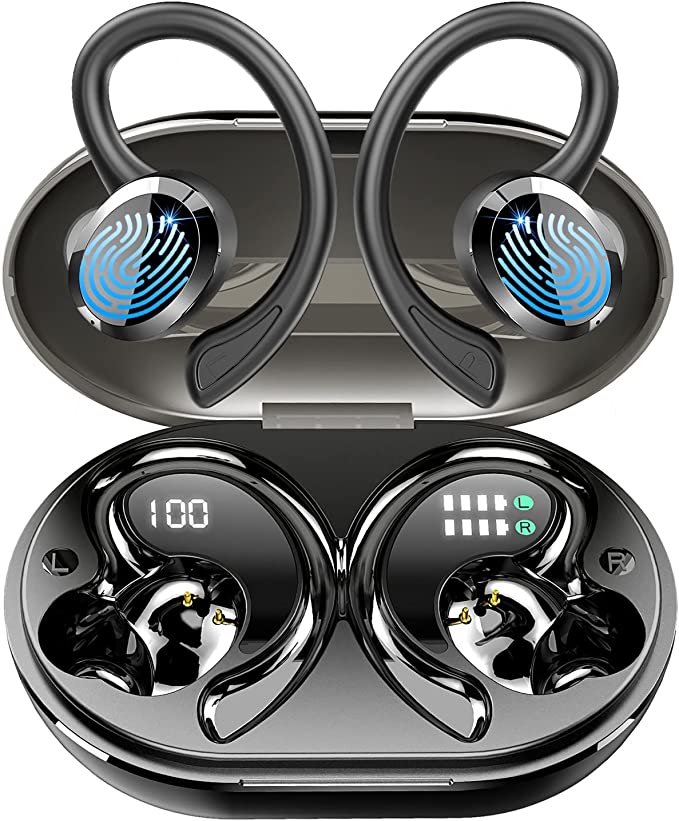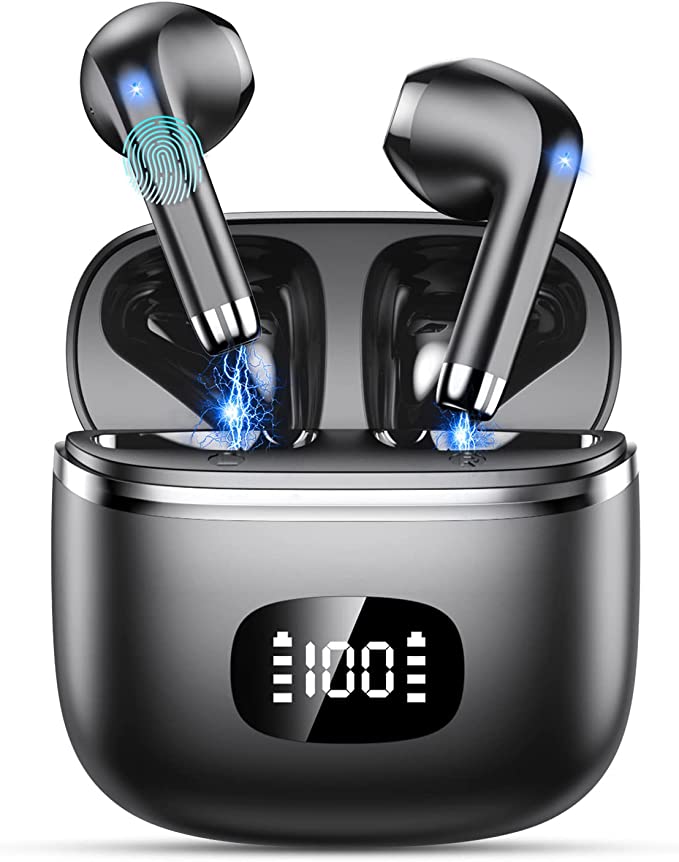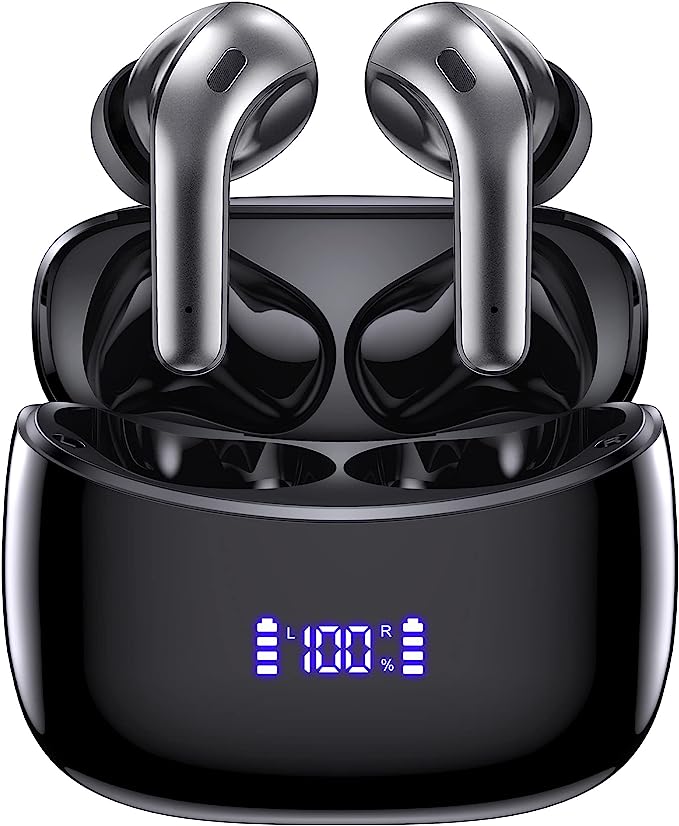What is 5.1.3 Audio? Unlocking True Dolby Atmos with Room Calibration
Update on Oct. 30, 2025, 3:22 p.m.
Here’s a frustratingly common scenario: you’ve just invested in a new, high-tech Dolby Atmos soundbar. You unbox it, plug it in, and fire up your favorite action movie, expecting to be enveloped in a sphere of sound.
Instead, it sounds… a bit thin. The dialogue is clear, but where are the overhead effects? Where is the rumbling bass?
If this sounds familiar, you are not alone. The problem often isn’t the hardware, but a misunderstanding of what modern spatial audio truly requires. It’s no longer a simple “plug-and-play” world.
Welcome to the new era of 3D audio. To understand how to get that mind-blowing sound you were promised, we need to stop thinking about speakers and start thinking about space. We’ll use a modern 5.1.3-channel system, like the LG S80TR, as our practical example to explore these concepts, decode the jargon, and fix the most common problems.
Part 1: Decoding the Jargon — What is 5.1.3?
For decades, we lived with “channel-based” audio. In a 5.1 system, a movie’s sound mix sent a specific audio track to each of the 5 speakers (front left/center/right, rear left/right) and the “.1” subwoofer. It was a flat, horizontal circle of sound.
Spatial audio, powered by technologies like Dolby Atmos and DTS:X, changes the game completely.
Instead of mixing for 5 specific speakers, sound engineers now mix with up to 128 “sound objects.” Think of a buzzing fly, a bullet casing, or a line of dialogue. Each one is an “object” that can be placed and moved anywhere in a 3D bubble.
When you play that movie, the soundbar’s processor (its “brain”) reads this 3D map and uses all its available speakers to recreate that bubble in your specific room.
This is where the numbers get important. Let’s decode the “5.1.3” you see on a system like the LG S80TR:
- The “5”: These are your traditional horizontal channels. They create the “ear-level” circle of sound. This includes the main soundbar (front left, center, front right) and the two wireless rear speakers (rear left, rear right).
- The “1”: This is the dedicated wireless subwoofer, responsible for all the low-frequency effects (LFE)—the rumbles, explosions, and deep bass notes.
- The “.3”: This is the game-changer. This number represents the height channels.
These aren’t separate speakers you mount on your ceiling. Instead, the soundbar has three speaker drivers physically built into its chassis that are angled upwards. They bounce sound off your ceiling, which then reflects down to your listening position. This is what creates the illusion of sound coming from above, completing the 3D sound bubble.

Part 2: The Secret Weapon for Dialogue Clarity
Now, let’s look closer at that “.3”. In many systems, you’ll see “.2” (two up-firing speakers for left/right height) or “.4”. A 5.1.3 configuration is special because it points to a very specific, clever piece of audio engineering.
In that set of three up-firing drivers, one is dedicated as a center up-firing speaker.
Why does this matter? One of the biggest complaints in home audio is lost or muffled dialogue. This happens because dialogue is almost always mixed into the center channel. In a thin soundbar, that center channel driver is small and firing directly at your shins, competing with explosions and music.
A center up-firing channel, as seen in the S80TR, performs an acoustic trick. It projects the dialogue upwards, using the ceiling to reflect it back down. This “lifts” the sound, making it seem like the voices are coming directly from the actors’ mouths on the screen, not from the bar below the TV.
This single feature dramatically improves dialogue clarity and anchors the entire soundstage, making the experience feel far more natural and less “artificial.”
Part 3: The Most Important (and Ignored) Feature: AI Room Calibration
You can have the best Atmos-capable soundbar in the world, but if you don’t account for your room, it will sound mediocre. This is the #1 reason for the “weak bass” or “tinny sound” complaints found in countless user reviews.
Your room is an instrument. Sound waves from your new speakers bounce off everything: drywall, windows, hardwood floors, plush carpets, and uneven ceilings.
- In a room with high ceilings and lots of glass, sound can become a “bright,” echoey mess.
- In a small, carpeted room, bass frequencies can get “trapped” in corners, sounding boomy and indistinct.
This is where AI Room Calibration (or “Acoustic Calibration”) becomes the most critical feature of your entire system.
Here’s how it works, using a system like the S80TR as our example:
1. It Listens: Using built-in microphones (either in the bar or the remote), the soundbar plays a series of test tones—sweeps of high, mid, and low frequencies.
2. It Analyzes: The microphones “listen” to how those tones bounce around your unique space. It measures the reflections, delay, and frequency absorption. It detects where your walls are, how high your ceiling is, and if your sofa is soaking up all the midrange.
3. It Corrects: The soundbar’s AI processor then builds a custom digital “filter” (a complex EQ profile) for your room. It digitally adjusts the timing and volume of each individual speaker driver to compensate for your room’s acoustic flaws.
If the AI detects that your hardwood floors are making the height channels too sharp, it will dial back those specific frequencies. If it senses the subwoofer in the corner is creating a “bass boom” at 80Hz, it will precisely notch out that frequency, making the bass tight and musical instead of just loud.

This is the solution. Running this calibration is the difference between hearing thin, uninspiring audio and hearing the powerful, immersive soundscape the director intended. Before you touch any bass or treble settings, your first step should always be to run the AI room calibration.
Part 4: The “Wireless” Promise and Its Pitfalls
Modern systems are beautifully simple. The rear speakers and subwoofer connect to the main soundbar wirelessly. This is a massive aesthetic win, eliminating the nightmare of running cables under your rug.
But “wireless” isn’t magic, and it’s the source of the second-most-common user complaint: sound dropouts, pops, or stutters from the rear speakers.
These systems (the bar, rears, and sub) don’t use your home Wi-Fi or Bluetooth. They create their own private, high-bandwidth wireless network, usually on the 5GHz frequency band, to sync the audio perfectly.
The problem? Your home Wi-Fi router also uses the 5GHz band.
If your router is sitting right next to your soundbar or subwoofer, you’re creating a “traffic jam” of competing wireless signals. This interference is what causes those annoying audio dropouts.
The Mentor’s Fix:
1. Create Space: The easiest solution is to move your Wi-Fi router at least 3-5 feet (1-1.5 meters) away from your soundbar and your wireless subwoofer.
2. Change Channels: If you can’t move the router, log into your router’s settings and manually change its 5GHz Wi-Fi channel. Set it to a low channel (like 36 or 40) or a high channel (like 149 or 161). This “changes the lane” your Wi-Fi is using, giving the soundbar’s private network a clear road.
Some newer systems also have proprietary tech to make this connection more robust. For example, some LG TVs and soundbars use a feature called WOWCAST, which uses a dedicated, optimized wireless protocol to send high-resolution audio—including Dolby Atmos—from the TV to the soundbar without any audio cables or signal loss.

Part 5: The “Ecosystem” and Gaming Essentials
Finally, today’s soundbars are designed to be the central hub of your entire entertainment system, especially for next-generation gaming.
This is where you’ll see features like VRR (Variable Refresh Rate) and ALLM (Auto Low Latency Mode).
Here’s what that really means for you: * ALLM: When you power on your PlayStation 5 or Xbox Series X, the console tells the soundbar (via HDMI) that it’s a game. The soundbar automatically switches to its “Game Mode,” which bypasses any extra audio processing to ensure there is zero lag between what you see and what you hear. * VRR: This is a video feature. It allows your TV’s refresh rate to perfectly sync with the game console’s frame rate. This eliminates ugly “screen tearing” and stutter. A soundbar with VRR “passthrough” ensures this critical video signal can pass through the soundbar to the TV without being broken.
You may also see brand-specific “ecosystem” features, like LG’s WOW Orchestra. This feature is a new development that combines the soundbar’s speakers with the TV’s own built-in speakers, rather than replacing them. The goal is to create an even larger, more expansive wall of sound. While it’s a clever use of hardware, the core of your immersive experience will always come from the soundbar’s dedicated 5.1.3 channels and, most importantly, its calibration.

Your Takeaway: It’s Not “Plug and Play,” It’s “Plug and Calibrate”
A modern spatial audio soundbar is not a simple speaker; it’s a sophisticated audio computer. Its performance is not defined by its maximum volume, but by its “brain”—its ability to adapt to its environment.
The key to unlocking that breathtaking, three-dimensional sound you were promised isn’t about cranking up the bass in a menu. It’s about letting the technology do its job.
Whether you have a 5.1.3 system or another configuration, your checklist should be the same:
1. Position Correctly: Give your soundbar and subwoofer breathing room, and keep them away from your Wi-Fi router.
2. Calibrate First: Run the AI Room Calibration before you do anything else. This is the most important step.
3. Use the Right Source: Ensure you are watching content with a Dolby Atmos or DTS:X audio track.
4. Tweak Last: After calibration, if you still want a bit more punch, then you can manually adjust the subwoofer or channel levels to your personal taste.
By understanding how these technologies work, you move from being a frustrated user to an empowered owner, ready to unlock the true potential of your home theater.


























































